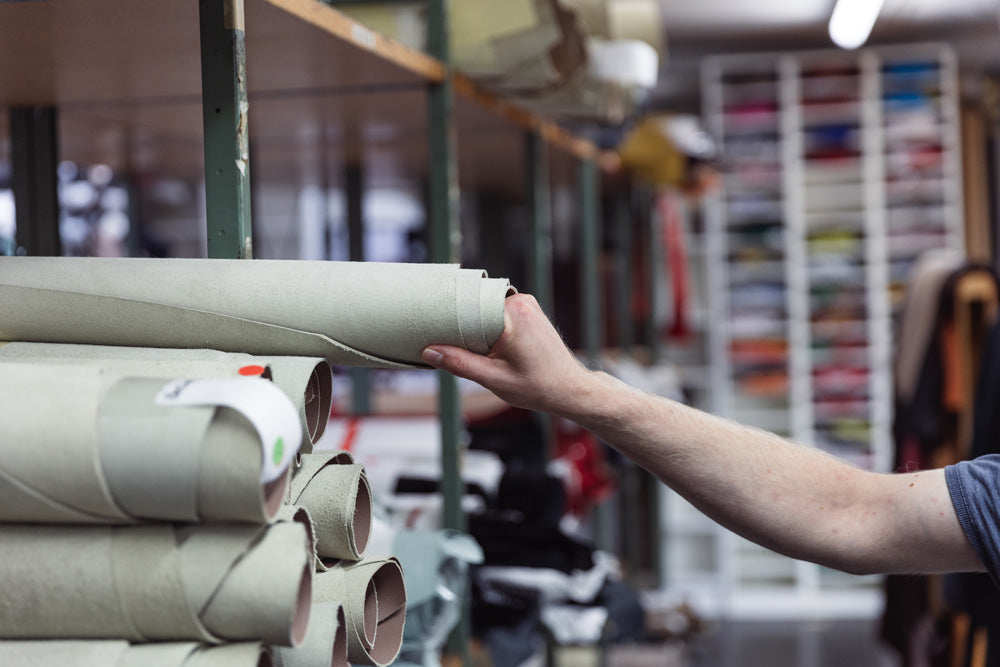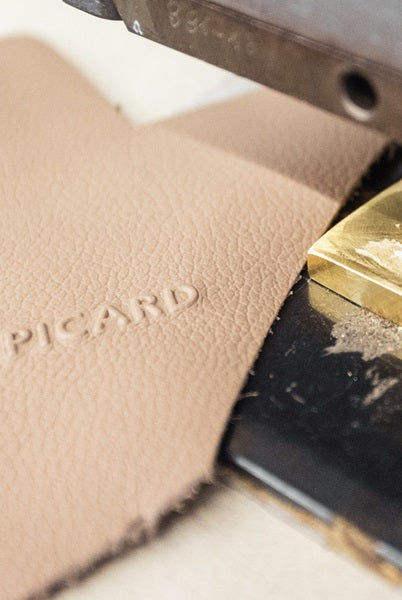
Disadvantages of artificial leather
SYNTHETIC LEATHER DISADVANTAGES
This text compares the advantages and disadvantages of artificial leather. Many people often ask themselves whether artificial leather or real leather is better. There is no general answer to this, as there are many different types of artificial leather and real leather, each of which has its own properties. Basically, it can be said that the major disadvantage of real leather is the use of animal hides and skins. In contrast, imitation leather has the advantage that it does not require any animal raw materials for production. Production is also much cheaper and easier, as the complex tanning process is not required, for example. Nevertheless, artificial leather also has disadvantages, as the plastic used in production is very harmful to the environment. The plastic can cause microplastics to enter the environment and cause irreparable damage. However, there is a solution to this problem, as in recent years there have been more and more manufacturers who use sustainable raw materials.
One of the disadvantages of artificial leather is its short lifespan compared to real leather products. With the right care and cleaning, real leather can last for many years without losing its shine. Artificial leather, on the other hand, has a much shorter lifespan, which is why the product has to be replaced more often. The result is that there is more waste and more production. The disadvantages of artificial leather include the environmentally harmful production and disposal of imitation leather. Petroleum is usually needed for production, which exploits and pollutes the earth. Many heavy metals and pollutants are also needed for production, which threatens the environment. Of course, there are also much more environmentally friendly imitation leathers, but most artificial leather products today are still made of plastic. The most commonly used plastics for the production of artificial leather include polyurethane and PVC. In this text, you will learn all the disadvantages of artificial leather.
THESE ARE THE DISADVANTAGES OF ARTIFICIAL LEATHER
The disadvantages of artificial leather include environmentally harmful production, environmentally harmful disposal and the comparatively lower quality compared to real leather. The durability and quality of polyurethane artificial leather is not as high as that of real leather. The plastic is significantly less durable, which is why the imitation leather has to be disposed of and produced and bought again more often. For this reason, the question arises as to whether artificial leather is worse than leather. However, there is no clear answer to this, as artificial leather also has great advantages, for example, as it does not require any animal raw materials for production. One of the disadvantages of artificial leather, however, is its environmentally harmful production, which uses heavy metals, petroleum and other pollutants. At this point, the question of the lesser evil arises. One solution could be to prefer more environmentally friendly artificial leather to PU leather. The question of whether artificial leather is good, bad or better than real leather cannot therefore be answered in general terms.
Not only is the environmental impact of producing imitation leather very high, but also the disposal of artificial leather. The plastic often ends up in nature, where it can cause great damage. The polyurethane or PVC can release microplastics into the environment, which are then absorbed by people or animals. Ultimately, we are only harming ourselves by using environmentally harmful plastics. Other disadvantages of artificial leather are that artificial leather can become brittle and is significantly less breathable than real leather. Real leather can of course also become brittle, but it is much more robust than imitation leather. In principle, most materials can be repaired, and usually even with simple household remedies. So if your real leather or imitation leather is damaged, you should first try to repair it or have it repaired. As a rule, repairs are much cheaper than buying new artificial or real leather goods.
IS ARTIFICIAL LEATHER HARMFUL TO YOUR HEALTH?
The disadvantages of artificial leather include the environmentally harmful production and disposal of imitation leather. This means that artificial leather is at least indirectly harmful to the environment. All environmentally harmful raw materials required for production have at least an indirect impact on people's health. This affects not only the people who buy or wear the product, but also all other people. When petroleum is used, the earth is exploited and polluted, which will have long-term consequences. In addition, many harmful compounds such as PVC have been found in many artificial leather products. One of the disadvantages of artificial leather is also the environmentally harmful disposal of the comparatively short-lived products. This is not just an indirect problem for humans, but a direct problem. If animals ingest microplastics and are then eaten by humans, or drinking water is contaminated, then it can be said that artificial leather is definitely harmful to human health.
However, these disadvantages of artificial leather mostly only apply to imitation leather made from plastics. The sustainable alternatives, which are made from cork, leaves or even apple waste, have neither environmentally harmful production nor environmentally harmful disposal. Often, sustainable artificial leather goods are almost indistinguishable from real leather and at the same time they also have many advantages. For example, imitation leather made from apple waste is very water-resistant, like the peel of an apple. Not a single tree has to be felled to produce imitation leather made from cork, as the material can be obtained from the bark of the tree. The tree is not damaged in the process. Of course, sustainable artificial leather also has disadvantages compared to real leather. Real leather simply has a completely different feel and is much more durable, but you should definitely choose sustainable artificial leather over plastic artificial leather.
IS ARTIFICIAL LEATHER PRODUCTION SUSTAINABLE?
The production of artificial leather is one of the biggest disadvantages of artificial leather. However, there are some sustainable alternatives that are very sustainable to produce. There are imitation leathers that are made from apple waste. Only sustainable raw materials are used in the production process. The result is a durable artificial leather that looks deceptively real and has no problem with water. One of the most famous alternatives is artificial leather made from cork. Cork is obtained from the bark of trees. So no trees have to be felled for production. Incidentally, the binding of CO₂ is not affected either, because trees without bark can bind even more CO₂. Similar to the product made from apple waste, the imitation cork leather is also very water-resistant and durable.
Of course, there are other disadvantages of artificial leather, such as the more unpleasant feel compared to real leather. One of the disadvantages of artificial leather is that it is not as breathable as real leather. The sustainable alternatives also have these disadvantages.
IS FAUX LEATHER BREATHABLE?
One of the many disadvantages of artificial leather is that it is not very breathable. Breathable means that some water vapor from sweat can escape from the inside and it is waterproof from the outside. This is particularly important for sportswear so that you don't sweat too much. Compared to real leather, artificial leather has disadvantages that cannot be ignored. For example, open-pored leather is very breathable. Basically, it is not possible to say which material is better, but it can be said that the disadvantages of plastic artificial leather clearly outweigh the disadvantages of a more sustainable alternative.






